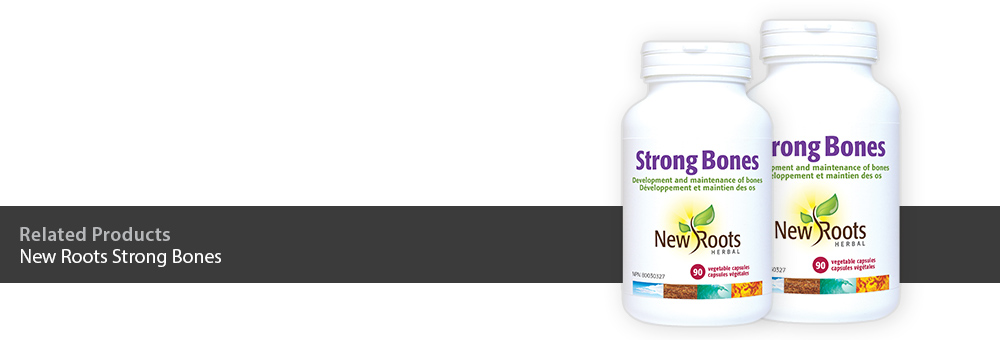

Break Free from Bone Concerns
Bones are typecast as rigid, calcium laden organs which collectively make up the skeletal system. The key word here is “organ”. In addition to their supporting role for the body, anchoring tendons and ligaments critical for mobility, bones also produce red and white blood cells, store calcium and other minerals for selective release when necessary, protect vital organs and contribute to hormone regulation. Bones are so much more important than we may think!
From infancy to adulthood your body stockpiles bone mass. According to the Mayo Clinic, the average person reaches their peak bone mass around thirty, you know how this story goes…
So how can we monitor bone health?
The main challenge is lack of sensory feedback, including pain. Unfortunately, in many cases the gradual loss of bone density and strength are only diagnosed following a fragility fracture. Additionally, in the same way cardiovascular disease is perceived to be “owned by men”, osteoporosis has been labelled as a disease where only post-menopausal women are at risk. This is not true, according to the International Osteoporosis Foundation, 1 in 3 women and 1 in 5 men over age fifty experience osteoporosis related bone fractures.
Bones are dynamic
Bone cells are in a constant state of growth and resorption (decay or loss). Supplementation with calcium was once considered adequate for maintaining healthy bone mass; however, the bioavailability of calcium and the presence of nutrients that enhance absorption are also critical. Bovine sourced calcium in the form of microcrystalline hydroxyapatite (MCHA) is recognized among the most bioavailable forms of calcium to fuel bone growth. There are also many nutrients on the “Mount Rushmore” for bone health. After all, the goal is to lock down the calcium for bone remodeling and growth.
Let’s discuss these nutrients. Biologically active Vitamin D3 and highly bioavailable Magnesium Bisglycinate are two essential nutrients proven to maximize assimilation. There are many additional cofactors shown to exert positive effects on bone density dynamics. Vitamin K2 and extracts of green tea and grapeseed have a hybrid influence as they both stimulate osteoblast (bone building cells) and inhibit osteoclast (bone resorption) activity.
Curcumin, among the cornerstone compounds Ayurveda (Traditional Indian Medicine) has been clinically shown to help maintain a healthy balance between bone growth and resorption. Lutein, a naturally occurring plant sourced compound is among the nutrients to consider for its antioxidant action within bones which deters bone loss.
Zinc and Manganese are skeletal friendly minerals you don’t want to run low on. If you’re counting calories and a bowl of mixed nuts is too enticing, a good bone building formula should include them. Current research has also shown vitamins B1 and B2 to have protective roles in bone health.
Supplementing “a la carte” can be exhaustive. Consider Strong Bones by New Roots Herbal, it ranks among the most comprehensive formulas available to Canadian consumers for the development and maintenance of bones. Let’s face it, healthy skeletal system is among the key factors for healthy ageing.
You deserve it!
By: Gordan Raza for New Roots Herbal

